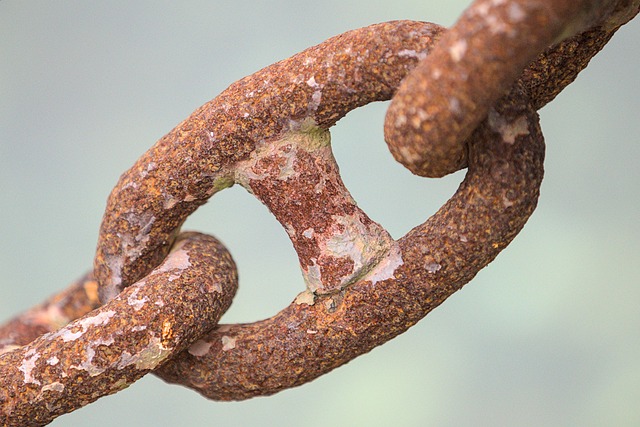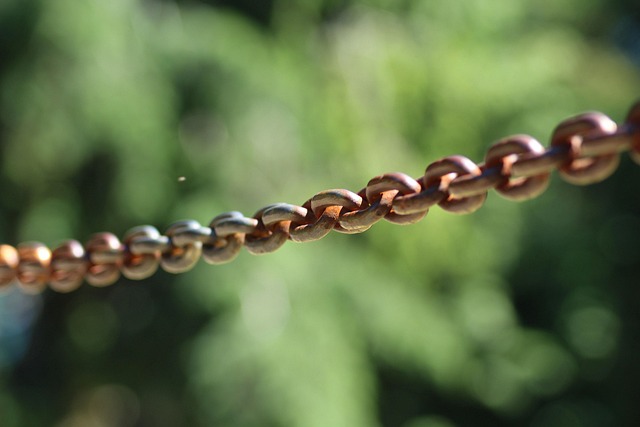Optimizing link equity distribution across your website is crucial for SEO success. This involves understanding how 'link juice' flows, fixing broken links, and strategically implementing internal links with relevant anchor text. Tools like Ahrefs, SEMrush, or Moz aid in identifying weak links, outdated anchor text, and improper link equity allocation. By prioritizing high-quality content, maintaining a structured hierarchy, and regularly reviewing strategies, you can ensure critical pages receive maximum boost, leading to improved site crawlability and search engine rankings.
Many websites struggle with internal linking, a vital SEO strategy. Understanding how link equity is distributed across your site’s pages is crucial. This guide delves into the intricacies of fixing broken or weak links, enhancing search engine visibility and user experience. From identifying problematic areas to implementing effective strategies and tools for analysis, we provide a comprehensive roadmap to optimising your site structure and maximising the potential of link equity distribution.
- Understanding Link Equity Distribution: The Foundation of Internal Linking
- Identifying Broken Links and Their Impact on SEO
- Strategies to Strengthen Internal Link Structure
- Tools for Effective Link Audit and Analysis
- Optimizing Anchor Text Usage for Better Link Equity Passing
- Continuous Monitoring and Maintenance for Long-Term Success
Understanding Link Equity Distribution: The Foundation of Internal Linking

Understanding how link equity is distributed across your site is crucial for any SEO strategy. Link equity, also known as link juice, refers to the value passed from one page to another through internal links. This ‘equity’ influences how search engines crawl and rank your pages, making it a key component in optimizing your site’s structure. When a page receives links from other relevant and authoritative pages within your site, it gains equity that boosts its standing in search results.
By focusing on link equity distribution optimization, you can ensure that your most important pages receive the maximum ‘boost’. This involves strategic internal linking practices, such as including relevant anchor text, linking to pages with high authority, and avoiding excessive or low-quality links. Following these link equity distribution tips will not only improve your site’s crawlability but also enhance its overall SEO performance.
Identifying Broken Links and Their Impact on SEO

Identifying broken links is a crucial step in optimizing your site’s structure and improving SEO performance. These broken or weak internal links can significantly hinder your website’s ability to gain and distribute link equity, which is vital for search engine rankings. When a user encounters a broken link, it disrupts the seamless navigation that search engines like Google appreciate. As a result, users may leave your site, resulting in higher bounce rates and potentially lower search engine positions.
Broken links can arise from various factors, such as changes in page URLs, content updates, or even website migrations. To address this issue, webmasters should employ a strategic approach, including regular audits using tools that scan for broken links. By fixing these issues, you not only enhance the user experience but also ensure that link equity is distributed effectively across your site’s relevant pages, contributing to better SEO outcomes and a more robust online presence.
Strategies to Strengthen Internal Link Structure

To strengthen internal linking and optimize link equity distribution, start by conducting a thorough audit of your site’s existing structure. Identify weak or broken links, outdated anchor text, and redundant content that might be diluting your page authority. One effective strategy is to update these links with relevant, keyword-rich anchor text that reflects the content of the linked page accurately. This not only improves user experience but also signals search engines about the importance and relevance of specific pages.
Implementing a structured internal linking hierarchy is another crucial tip for link equity distribution optimization. Ensure your site has a logical flow of links where important pages are interconnected, creating a strong web of internal links that passes equity evenly throughout. Prioritize high-quality content pages as anchor points, and consider using nofollow tags sparingly to control spammy link juice. Regularly review and update your internal linking strategy to keep it aligned with the evolving needs of your site and search engine algorithms.
Tools for Effective Link Audit and Analysis

When conducting a thorough link audit, several tools can significantly enhance your analysis and identification of internal linking issues. These include SEO-focused platforms designed to assess and optimize link equity distribution across your website. A key metric here is identifying pages with high and low link equity, which signals the overall authority and value of each page within your site structure. Tools like Ahrefs, SEMrush, or Moz provide in-depth reports on backlink profiles, allowing you to understand the flow of link equity.
Through these tools, you can uncover broken links, redundant anchor text, and poorly distributed internal links—all factors that impact search engine visibility and user experience. By leveraging their advanced features, you’ll gain valuable insights into which pages require restructuring or rebuilding for better interlinking. Remember, an efficient link audit is a crucial step towards improving your site’s SEO performance, and these tools offer practical tips and guidance to ensure effective link equity distribution tutorial practices.
Optimizing Anchor Text Usage for Better Link Equity Passing

Optimizing anchor text usage is a crucial step in enhancing the link equity distribution within your site structure. Each link on your website plays a role in passing on authority and relevance to other pages, which ultimately impacts your overall search engine rankings. When crafting anchor texts, it’s essential to strike a balance between diversity and relevance. A common mistake is using generic anchor text like “click here” or “this page,” which offers little context for both users and search engines.
Instead, incorporate specific keywords that accurately describe the target page. For instance, if linking to a blog post about “SEO Best Practices,” use anchor text like “learn SEO best practices” or “read our guide on SEO.” This strategy not only improves user experience by providing clear indications but also aids search engine algorithms in understanding the context and relevance of the linked pages. As you implement this link equity distribution tutorial, remember that a well-optimized anchor text is just one aspect; other factors, such as internal link placement and page content quality, also contribute to an effective link equity distribution strategy.
Continuous Monitoring and Maintenance for Long-Term Success

Maintaining a robust internal linking structure requires continuous monitoring and proactive maintenance. Regularly assessing your site’s navigation and link equity distribution strategy is essential to ensuring long-term success. By keeping an eye on changes in user behavior, search engine algorithms, and page rankings, you can quickly identify weak links or broken connections that may hinder user experience and SEO performance.
Implementing link equity distribution optimization techniques allows you to ensure that every page on your site has the opportunity to contribute to your overall authority and visibility. This involves regularly auditing internal links, updating anchor text, and removing or replacing low-quality or irrelevant links. By following these tips, you can foster a seamless user journey while maximizing the benefits of effective link equity distribution.
